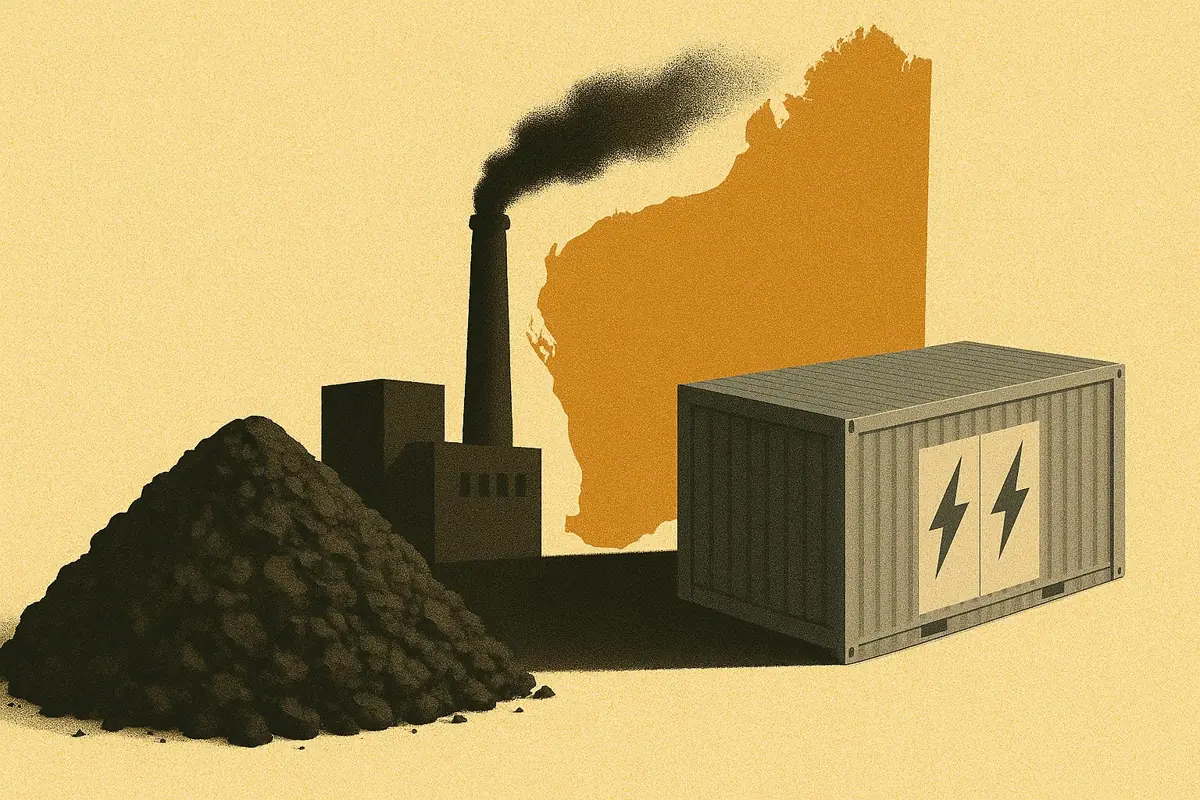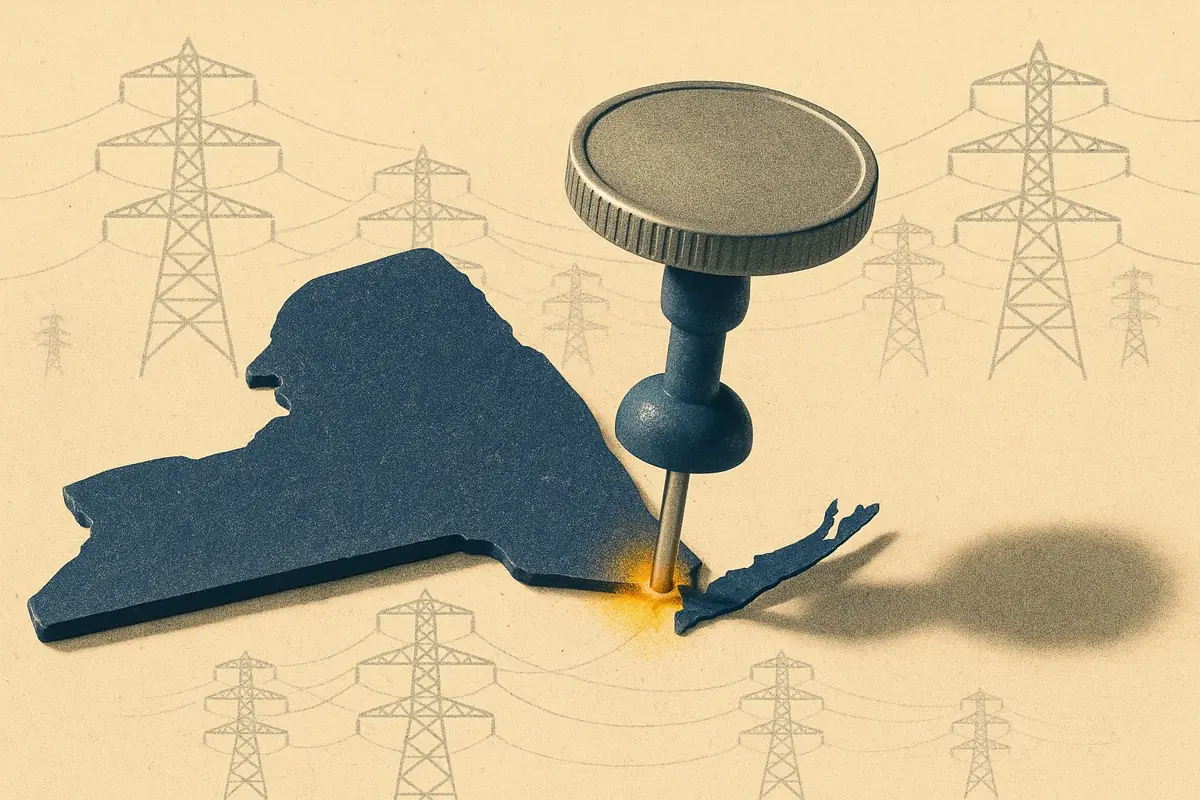In April, ESO published its latest proposals for grid connection reform, which extends queue management processes to existing projects as well as new ones. This comes as the connection queue continues to grow rapidly, with 110GW of new capacity entering the transmission connection queue in the last six months.
Ofgem published an open letter in response, from which they are welcoming views from stakeholders on the reforms. Responses should be sent to connections@ofgem.gov.uk no later than Tuesday 7th May.
48 GW of battery energy storage capacity has joined the transmission connection queue in the last six months
ESO’s initial reform proposals in December covered just new applicants. However, the grid connection queue has continued to grow at an ‘unprecedented’ rate. This has pushed the ESO to now expand this reform across the existing queue as well.
In November 2023, the transmission connection queue stood at 400 GW, of which 72 GW was from battery energy storage projects. At the end of April 2024, the total queue now stands at 510 GW, with a further 200 GW in distribution connection queues.

Of this increase over the last six months, 48 GW is from new battery energy storage projects. This means there is now 120 GW of battery energy storage capacity within the transmission connection queue. 62% of this capacity has a connection date past 2030, with some projects having connection dates as late as 2038.
The latest proposals extend the grid connection process across new and existing applications
ESO published their Final Recommendations Report for reform of the connections process in December 2023. This report set forward a ‘First Ready, First Connected’ process for new applications (termed ‘TMO4’). Within this process projects would advance through two ‘gates’ before being provided a queue position and grid connection date.
In their latest proposals, ESO is suggesting extending this process to existing applications. This is termed ‘TMO4+’, and initial ESO analysis suggests this approach could halve the size of the queue and provide earlier connection dates to the most advanced projects.
The ESO proposes implementing TMO4+ from January 1st, 2025.
Within their open letter, Ofgem supports the latest proposals but is also clear they consider further reforms necessary to fully achieve the objective of the wider connection
Existing projects in the queue will have the opportunity to jump to Gate 2
TMO4 introduced two formal ‘gates’ to the grid connection queue for new projects. Projects will be able to apply to the queue within a window open every twelve months. Following this indicative connection, offers would be provided within Gate 1 based on coordinated network design.
The second gate would determine queue position for projects and provide the opportunity for some to have their grid connection date accelerated. This second gate would trigger when certain criteria are met by the project, such as having land rights secured and planning permission submitted.

TMO4+ would extend this process to existing projects in the queue. Projects already within the queue will have the opportunity to demonstrate they have met the criteria for Gate 2. If successful, they can request an accelerated connection date or retain existing connection dates.
Existing projects that do not meet the Gate 2 criteria will be provided with a new indicative connection date. These projects can then apply for Gate 2 and, if successful, will enter the queue.
Reforms have already begun to change grid connection dates - with winners and losers
As connection reforms began to be rolled out throughout 2023, some projects have seen their grid connection dates change. 778 MW of battery energy storage projects have seen their connection dates brought forward - by up to ten years for some projects.
Meanwhile, 2.9 GW of projects have seen their connection dates pushed back. 42% of these are just a one year delay, however some projects have been pushed back up by up to ten years.

These changes are beginning to benefit some battery projects which had much longer-term connection dates. 324 MW of projects have had connection dates brought forward to 2024 (for one project, an acceleration of 8 years). A further 357 MW of projects have had connection dates brought forward between 2027 and 2028.







